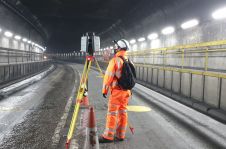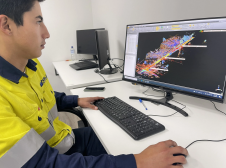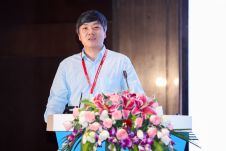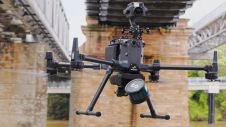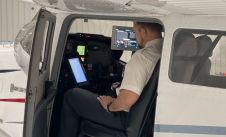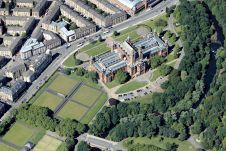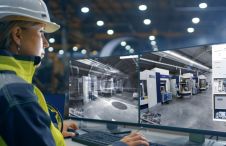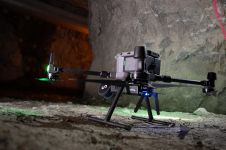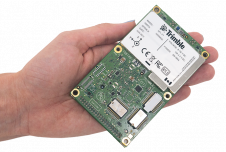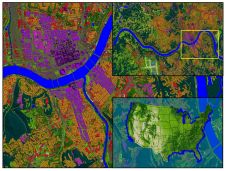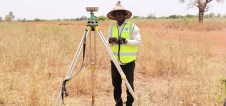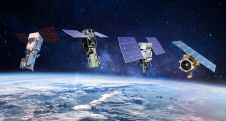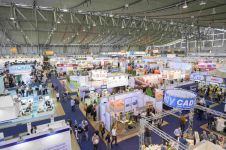Monitoring Earthquake Fires in Japan
Real-time Fire-spread Prediction System
Earthquakes are often followed by outbreaks of fire. In Japan such events are frequent and cities are very vulnerable to fire damage. Optimal use of fire-fighting resources is crucial, including support systems for advance simulation of effects prior to and (in real time) during a disaster. The authors introduce a real-time, fire-spread prediction system.
This article is a modified version of a paper published in the Japanese Journal of Survey, February 2004, pp. 30-32.
During the 1847 Zenkoji, the 1923 Great Kanto and the 1995 Kobe earthquakes direct damage was made worse by the numbers of injured and houses further damaged by simultaneous multiple outbreaks of fire following the quakes. The use of prior and real-time prediction systems could have helped to limit the numbers of people injured and houses destroyed. Fortunately, current technology enables us now to build such systems.
Decision Support
Prior-simulation systems examine in advance (1) possible patterns of fire outbreaks and fire-fighting operations, (2) optimal use of the fire-fighting force for each possible pattern and (3) fire-fighting planning in case of an earthquake. While the disaster is actually happening, real-time systems may determine the spread of fire and thus support optimal fire fighting. Real-time fire-spread simulation aims to support decision-making by predicting fire spread at any moment during the course of the quake by summarising fire-outbreak information collected by fire brigades. The Japanese National Research Institute of Fire and Disaster has developed a real-time fire-spread simulation system as part of a more comprehensive fire-fighting programme. It is shortly after any earthquake able to predict fire-spread by using data on each and every building and data measured on-site during the course of the disaster: for example, wind speed and direction. Building data consists of an outlining polygon, number of storeys and floor area, as collected in advance from existing digital maps.
Predicting Progress
In greater detail, the system models the following parameters:
- wind direction and wind velocity; modelled using fire-spread velocity formula proposed by the Tokyo Fire Department
- fire spread from one building to another, for improved accuracy
- simultaneous multiple outbreaks of fire
- simultaneous multiple spread of fire
- differences in time of outbreak of each fire
- type of building (wooden or non-wooden).
Fire spread can be determined and expressed at any time interval after outbreak, by three types: unaffected building, burning building and burned building. Figure 3 shows projected fire spread as simulated at three hourly intervals, with simulated wind direction north at a speed of 3m/sec. The result enables a decision on optimal deployment of fire-fighting resources by combining it with other information, such as location and capacity of available water supplies, location and number of fire engines and digital road network data. The computation time is only seconds on a Pentium III-1GHz PC.
Back in Time
The simulation system is also able to reconstruct from data provided by old documents historical outbreaks of fire and their spread. This has been done for the 1847 Zenkoji earthquake. In particular, the fire-spread situation has been modelled for the Inariyama-shuku Post Town of southern Nagano Prefecture. There, many houses were burned down as a result of four fires that broke out simultaneously at different places. Figure 4 shows snapshots of this historical event.
Make your inbox more interesting.Add some geo.
Keep abreast of news, developments and technological advancement in the geomatics industry.
Sign up for free



